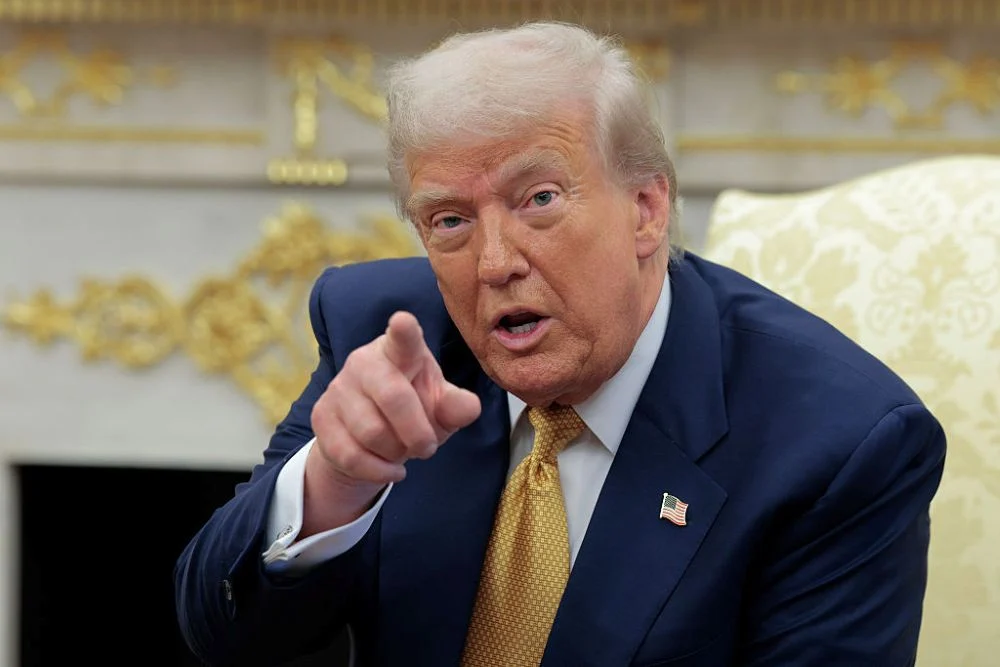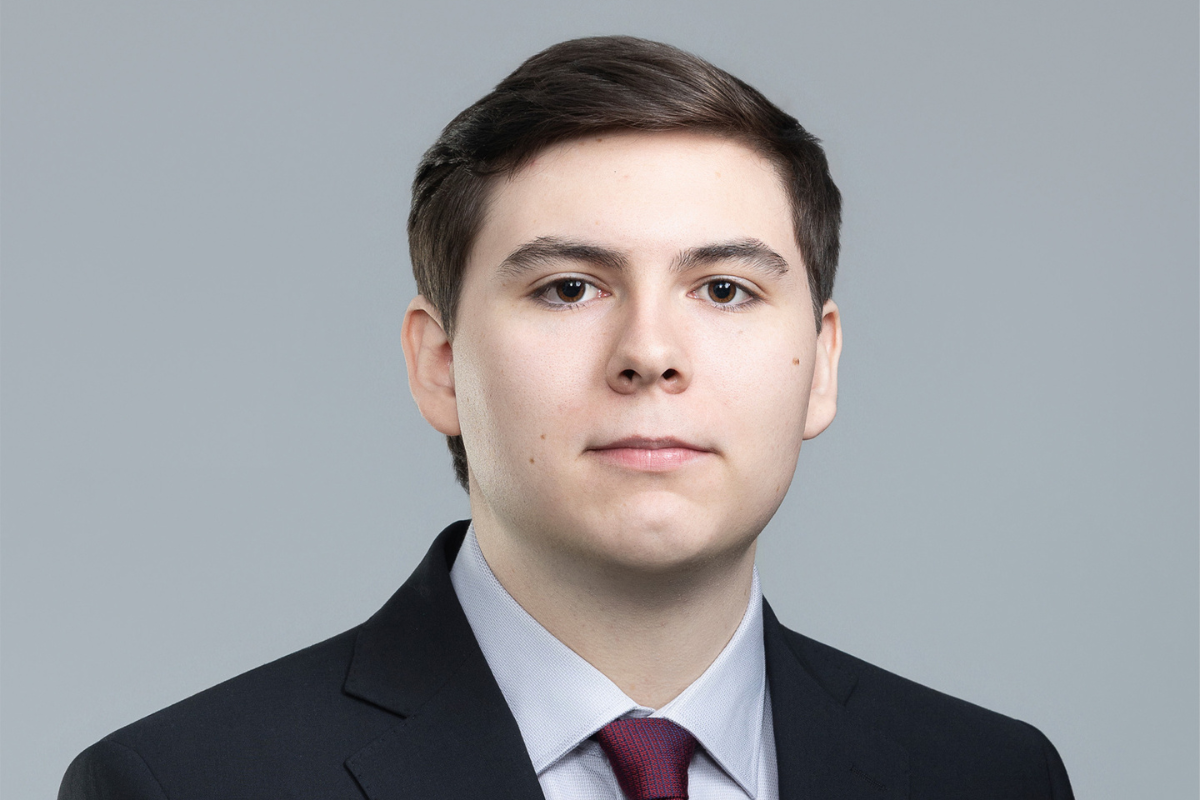Trump Orders 100% Tariff on Imported Branded Drugs Unless Firms Build U.S. Plants
Trump Orders 100% Tariff on Imported Branded Drugs Unless Firms Build U.S. Plants
By
Leah Rosenfeld
Last updated:
September 26, 2025
First Published:
November 30, 2025

Photo: Fierce Pharma
The U.S. will impose a 100% tariff on all branded and patented pharmaceutical imports beginning October 1, President Donald Trump announced Thursday. The measure, aimed at forcing global drugmakers to bring manufacturing back to American soil, will exempt companies that are already building U.S. plants, provided construction has started or is underway.
A Direct Push for Onshore Manufacturing
Trump argued that the sweeping new tariffs are designed to reduce dependence on foreign drug production and strengthen domestic capacity. Branded and patented drugs—often among the most expensive on the market—are typically protected by intellectual property rights that delay generic competition, making them a lucrative but critical target.
The announcement comes as pharmaceutical imports into the U.S. have surged nearly threefold in the last decade, reaching about $213 billion in 2024, according to United Nations Comtrade data. At the same time, U.S. manufacturing of medicines has shrunk, raising concerns over national security and supply chain vulnerability.
Industry Reaction and Rising Concerns
Drugmakers and analysts warn that the move could create unintended consequences. Companies including Eli Lilly, Johnson & Johnson, AbbVie, and Pfizer are already expanding U.S. facilities, but argue that sudden tariffs could divert capital away from research and innovation toward offsetting higher costs.
In comments submitted to the Department of Commerce earlier this year, Eli Lilly warned that such tariffs could “deprive manufacturers of necessary capital to both innovate and invest in reshoring,” highlighting the trade-off between domestic expansion and maintaining global R&D pipelines.
Health policy experts also caution that the tariffs may worsen the ongoing drug shortage crisis in the U.S. and raise prescription prices for patients. “There is the potential for higher prescription drug prices in an environment where we’re already pushing very hard to try to get those prices down,” said Leigh Purvis of AARP’s Public Policy Institute.
Escalating Tariff Threats
Thursday’s announcement is part of a broader tariff strategy under Trump. Earlier this year, he floated pharmaceutical tariffs as high as 250%, and has already slapped levies on products such as cars, aluminum, and medical devices under Section 232 of U.S. trade law. He has also ordered new national security investigations into robotics, industrial machinery, and personal protective equipment, signaling more tariffs to come.
For pharma, Trump said he will start with a 100% rate but could raise it to 150% or 250% within the next 18 months if companies fail to meaningfully shift production.
Impact on Global Supply Chains
Analysts doubt the policy will achieve its intended goals quickly. Evan Seigerman of BMO Capital Markets noted that pharmaceutical supply chains are “among the most complex in the world,” with ingredients and manufacturing steps spread across dozens of countries. He added that tariffs will “likely do little to shift manufacturing” in the short term.
Large pharmaceutical companies are adopting a wait-and-see strategy, with some expected to hold off on significant new U.S. investments until the political environment stabilizes. “Most will likely wait until the end of Trump’s presidency to make permanent decisions,” Seigerman wrote.
Who Wins, Who Loses
Not all drugmakers are affected equally. TD Cowen analyst Steve Scala noted that companies with more extensive U.S. operations, such as Eli Lilly, AbbVie, and Bristol Myers Squibb, are better positioned to absorb the tariffs. By contrast, firms like Novartis and Roche, which rely heavily on international facilities, face greater exposure.
Johnson & Johnson has already announced a $55 billion investment plan in U.S. manufacturing, R&D, and technology over the next four years. The company expects a $400 million tariff expense in 2025 tied to levies already announced.
Meanwhile, others such as Pfizer have also reported tariff-related costs, underscoring how the policy is already reshaping corporate balance sheets.
The Road Ahead
The tariffs are set to reshape the landscape for branded medicines in the U.S., but whether they succeed in boosting domestic manufacturing remains unclear. For patients, the near-term risk is higher drug costs and possible shortages as supply chains adjust. For drugmakers, the challenge lies in balancing political pressure, global operations, and the financial burden of reshoring production.
As Trump’s tariff agenda expands, the pharmaceutical sector finds itself at the center of a heated debate—caught between the promise of national self-sufficiency and the reality of a globalized, highly interdependent industry.
Popular articles
Subscribe to unlock premium content
Gourmet Gold: Micro-Venture Funds and Europe’s Artisan Food Revolution

Artificial Elegance in Fashion

Ferrari’s Craft of Desire

Gourmet Gold: Micro-Venture Funds and Europe’s Artisan Food Revolution

Artificial Elegance in Fashion

Gourmet Gold: Micro-Venture Funds and Europe’s Artisan Food Revolution









